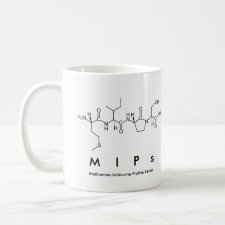
Authors: Trojanowicz M
Article Title: Determination of pesticides using electrochemical enzymatic biosensors.
Publication date: 2002
Journal: Electroanalysis
Volume: 14
Issue: (19-20)
Page numbers: 1311-1328.
DOI: 10.1002/1521-4109(200211)14:19/20<1311::AID-ELAN1311>3.0.CO;2-7
Abstract: In the recent decade numerous biosensing methods for detection of pesticides have been developed using integrated enzymatic biosensors and immunosensors. Enzymatic determination of pesticides is most often based on inhibition of the activity of selected enzymes such as cholinesterases, organophosphate hydrolase, alkaline and acid phosphatase, ascorbate oxidase, acetolactate synthase and aldehyde dehydrogenase. Enzymatic biosensors were developed using various electrochemical signal transducers, different methods of enzyme immobilization and various measuring methodologies. Application of single-use screen-printed biosensors in batch measurements and flow- injection analysis with enzyme biosensors are most intensively developed procedures. An improvement of detectability level can be achieved by the use of recombinant enzyme mutants, while multi-component determinations by the use of biosensor matrices and data processing with artificial neural networks. In some cases the determined pesticide can be also a substrate of enzymatic reaction. Another area of development of biosensors for determination of pesticides is in the design of microbial biosensors and photosystem-based biosensors with electrochemical biosensors



Join the Society for Molecular Imprinting

New items RSS feed
Sign-up for e-mail updates:
Choose between receiving an occasional newsletter or more frequent e-mail alerts.
Click here to go to the sign-up page.
Is your name elemental or peptidic? Enter your name and find out by clicking either of the buttons below!
Other products you may like:
 MIPdatabase
MIPdatabase









